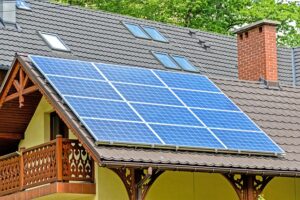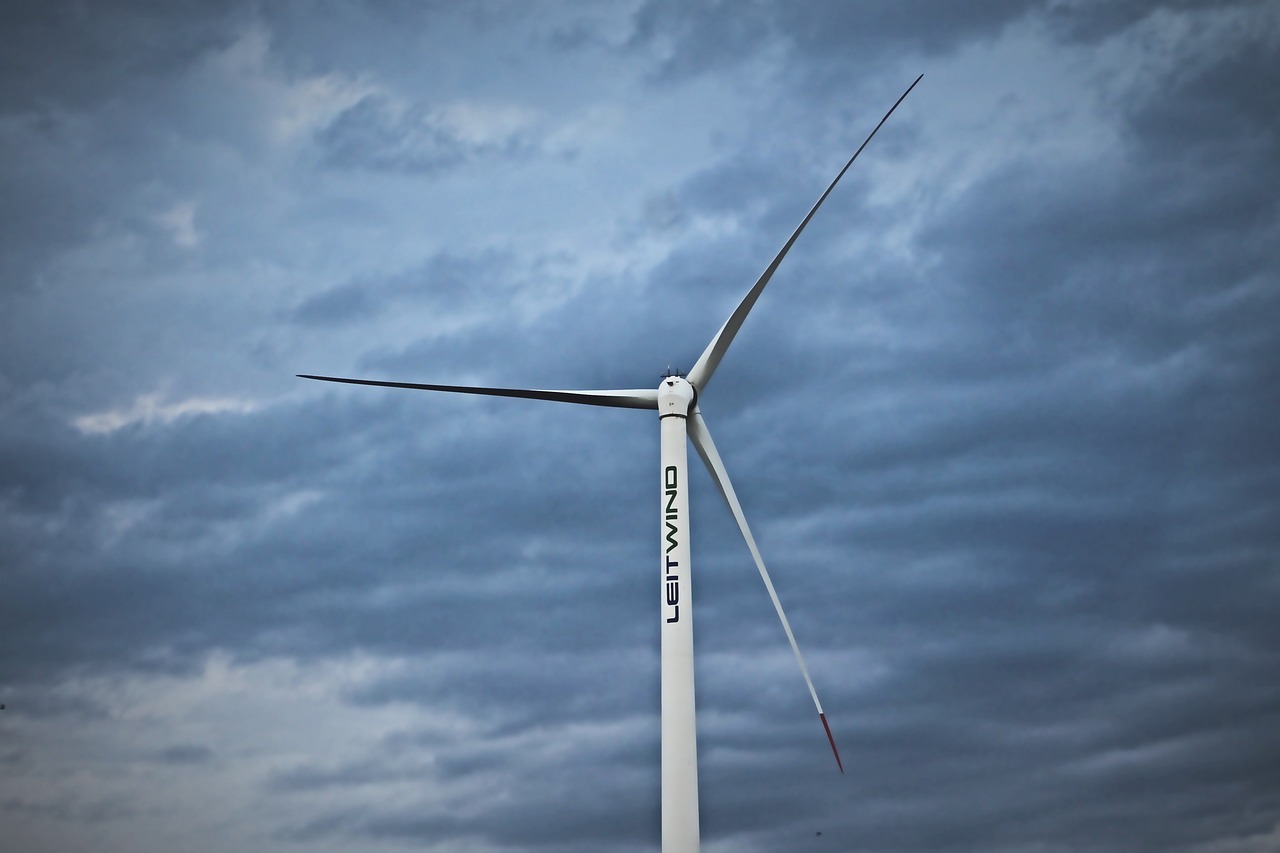Climate change is a reality that we cannot ignore. From rising sea levels to more frequent and severe natural disasters, the effects of global warming are being felt around the world. One of the main contributors to climate change is burning fossil fuels, which release greenhouse gases into the atmosphere. To reduce our impact on the environment, it is essential to look for alternative energy sources that are renewable, clean, and sustainable.
Solar Energy
 Solar energy is perhaps the most well-known alternative energy source. Solar panels made up of photovoltaic cells convert sunlight into electricity. Solar energy is renewable, as the sun is a never-ending energy source. It is also clean and does not produce any greenhouse gases or other pollutants. It can power homes, businesses, and even entire communities. One of the main benefits of solar energy is that it can be generated locally. This means that it is not dependent on any specific location or resource and can be used to power homes and businesses, even in remote or rural areas. Solar energy is also becoming increasingly cost-effective as the technology continues to improve and prices continue to drop.
Solar energy is perhaps the most well-known alternative energy source. Solar panels made up of photovoltaic cells convert sunlight into electricity. Solar energy is renewable, as the sun is a never-ending energy source. It is also clean and does not produce any greenhouse gases or other pollutants. It can power homes, businesses, and even entire communities. One of the main benefits of solar energy is that it can be generated locally. This means that it is not dependent on any specific location or resource and can be used to power homes and businesses, even in remote or rural areas. Solar energy is also becoming increasingly cost-effective as the technology continues to improve and prices continue to drop.
Wind Energy
Another popular alternative energy source is wind energy. Wind turbines, which are large structures with blades that spin in the wind, are used to generate electricity. Like solar energy, wind energy is renewable and clean, as it does not produce greenhouse gases or other pollutants. Wind energy can power homes, businesses, and even entire communities. Wind energy is especially effective in areas with strong, consistent winds. However, it is crucial to consider the visual impact of wind turbines, as they can be quite large and may not be suitable for all locations.
Hydroelectric Energy
Hydroelectric energy is another popular alternative energy source. It is generated by using the force of falling water to turn a turbine, which produces electricity. Hydroelectric energy is renewable, as it relies on the water cycle, and it is also clean, as it does not produce any greenhouse gases or other pollutants. Hydroelectric energy is most commonly used to generate electricity in areas with rivers or other bodies of water. However, it is crucial to consider the environmental impact when building hydroelectric dams, as they can alter the natural flow of water and affect ecosystems.
Geothermal Energy
Most eco friendly lessons on alternative energy sources talk about geothermal energy, which is generated by using the natural heat of the Earth. Geothermal energy is renewable, as it relies on naturally occurring heat and does not produce any greenhouse gases or other pollutants. It can be used to generate electricity in homes and businesses and for heating and cooling systems. Geothermal energy is most effective in areas with naturally occurring geothermal features, such as hot springs or geysers. However, it is crucial to consider the environmental impact of using this technology, as some sites may not be suitable for drilling and tapping into geothermal resources.
Biomass Energy
To generate electricity, biomass energy is generated using organic materials, such as wood or agricultural waste. It is a renewable energy source, as the materials used can be replenished over time. However, it is crucial to consider the environmental impact of biomass energy, as burning certain materials, such as coal or oil, can produce greenhouse gases and other pollutants. Many alternative energy sources are available, each with its own benefits and drawbacks. Solar, wind, hydroelectric, geothermal, and biomass energy are all clean and renewable options that can be used to reduce our impact on the environment. It is crucial to consider the environmental impact of any energy source before using it on a large scale.…
